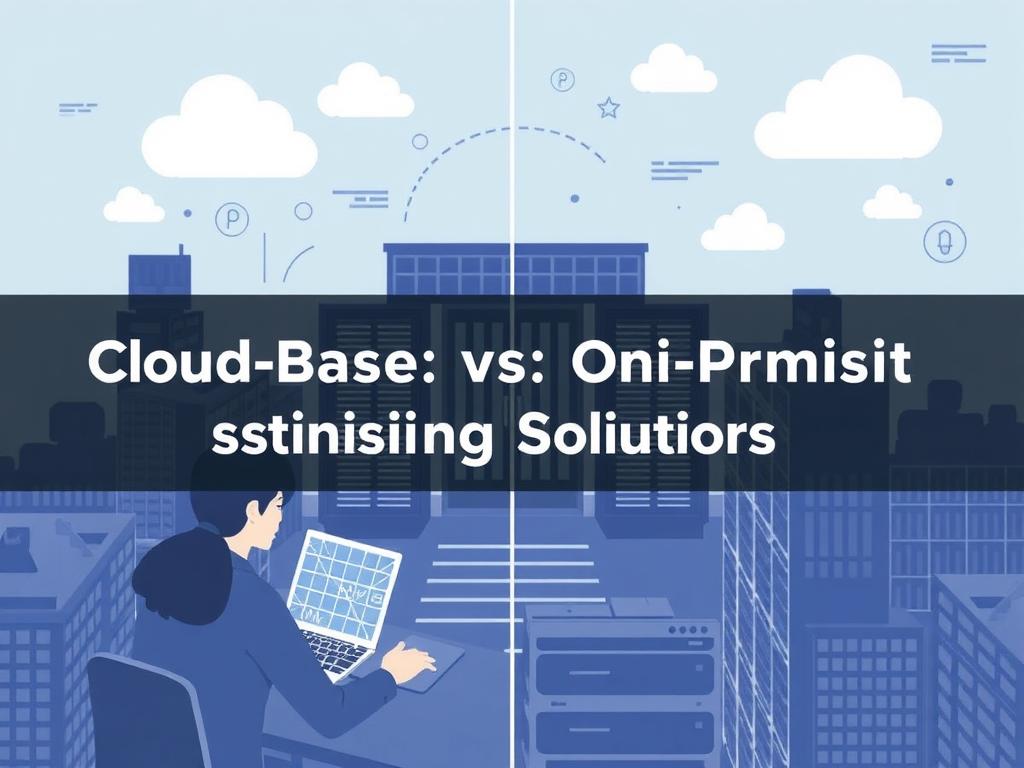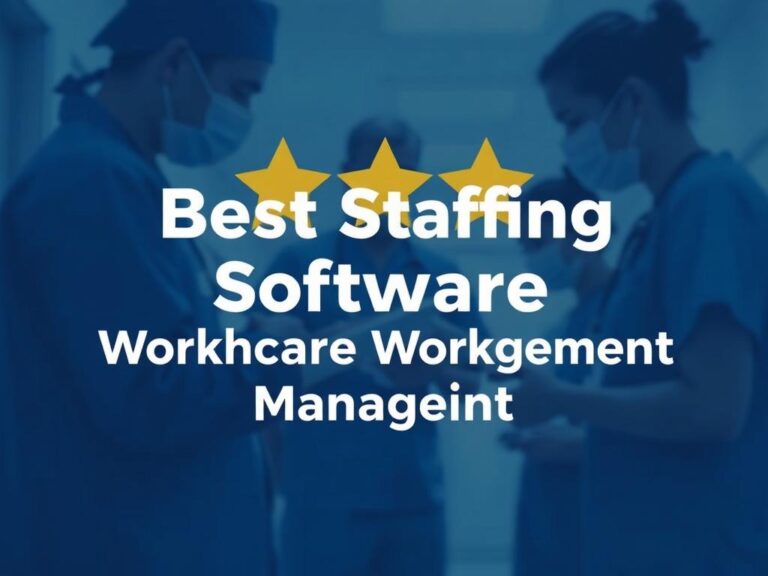Cloud-Based vs. On-Premise Staffing Solutions: Pros and Cons
In today’s fast-paced business environment, choosing the right staffing solution is a crucial decision that can significantly impact how companies attract, manage, and retain talent. As organizations grow and evolve, they often find themselves deciding between cloud-based staffing solutions and traditional on-premise systems. This choice is more than just a technical one—it influences costs, scalability, security, and even the overall efficiency of HR operations. Understanding the benefits and drawbacks of each approach can help businesses make informed decisions that align perfectly with their strategic goals.
What Are Cloud-Based Staffing Solutions?
Cloud-based staffing solutions refer to software platforms hosted on remote servers that companies access over the internet. Instead of installing software directly on their own computers or company servers, users log into an online portal to manage recruitment, onboarding, scheduling, and other staffing activities. These solutions have become increasingly popular thanks to their flexibility, ease of access, and reduced need for internal IT support.
One of the biggest advantages of cloud-based staffing solutions is their scalability. Because these platforms run on cloud infrastructure, businesses can easily adjust the number of licenses or features according to their needs, whether they are hiring a handful of employees or managing a workforce nationwide. This elasticity makes cloud solutions ideal for fast-growing companies or those with fluctuating staffing requirements.
Advantages of Cloud-Based Staffing Solutions
- Accessibility from any device with an internet connection
- Reduced upfront investment and lower IT maintenance costs
- Automated updates and continuous feature improvements
- Enhanced collaboration across geographically dispersed teams
- More straightforward integrations with other cloud-based HR tools and platforms
Understanding On-Premise Staffing Solutions
On the other hand, on-premise staffing solutions are software applications installed and operated on a company’s internal servers and computers. These systems provide complete control over the software environment and data, which can be essential for organizations with strict data privacy or compliance needs. Since the software and data reside within the company’s own infrastructure, businesses must take responsibility for installation, maintenance, security, and upgrades.
For companies in regulated industries such as healthcare, finance, or government sectors, on-premise staffing solutions often represent a safer option. These organizations prioritize data sovereignty and may have stringent requirements about where sensitive employee information is stored and how it is accessed. While on-premise systems tend to involve higher upfront investment and ongoing IT costs, they can minimize risks associated with data breaches and dependency on external service providers.
Benefits of On-Premise Staffing Solutions
- Full control over data security and compliance
- Customizable to meet specific organizational workflows
- No continuous subscription fees, offering predictable long-term costs
- Potentially faster access speeds in local network environments
- Reduced dependency on internet connectivity for daily operations
Comparing Costs: Cloud-Based vs. On-Premise Staffing Solutions
Cost is often one of the most important factors when evaluating staffing solutions. Cloud-based systems typically operate on a subscription or pay-as-you-go pricing model, spreading expenses out over time. This means lower upfront costs but recurring payments that can add up depending on the number of users or features. In contrast, on-premise solutions require a significant initial investment in hardware, software licenses, and IT staff to manage the infrastructure, though monthly fees are usually non-existent.
| Cost Factor | Cloud-Based Staffing Solutions | On-Premise Staffing Solutions |
|---|---|---|
| Initial Investment | Low to Medium | High |
| Ongoing Costs | Subscription-based (monthly/annual) | Maintenance, upgrades, IT staffing |
| IT Infrastructure | Managed by provider | Managed internally |
| Scalability Costs | Flexible, pay-as-you-grow | Often requires additional hardware/software |
Security and Compliance Considerations
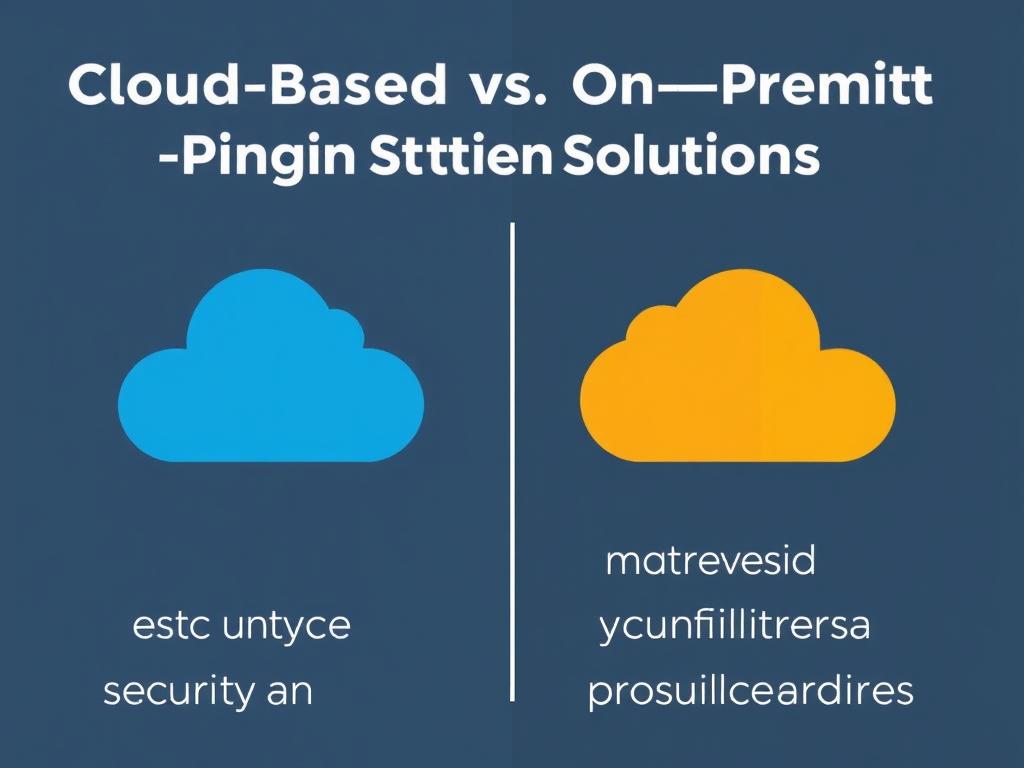
Security is a critical concern when dealing with sensitive staffing data such as employee records, payroll information, and recruitment history. Cloud-based staffing solutions invest heavily in securing their platforms, typically offering encryption, multi-factor authentication, and compliance with standards like GDPR, HIPAA, or SOC 2. However, because data is stored off-site, some companies worry about potential exposure or loss of control.
On-premise staffing solutions, by contrast, allow businesses to maintain data within their own firewalls and security protocols. This setup appeals to companies that require strict control over information and prefer to limit access to internal networks only. It’s worth noting, though, that on-premise systems rely on the company’s IT team to keep security measures current and effective, which can be challenging without sufficient expertise.
Security Comparison Table
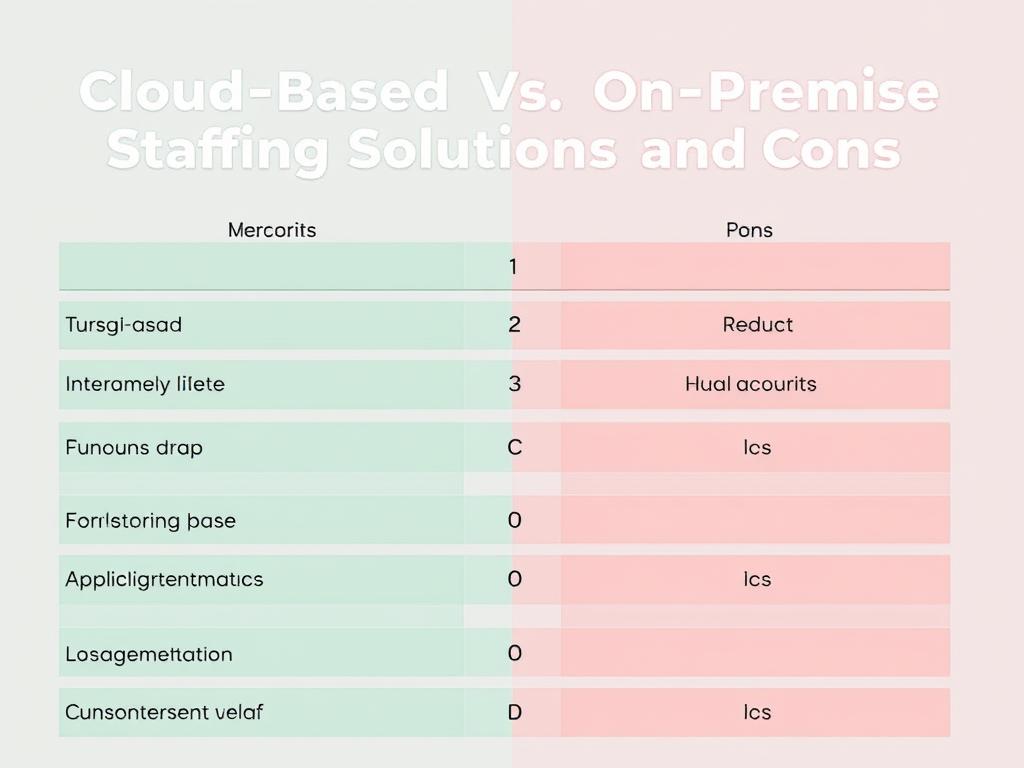
| Security Feature | Cloud-Based Solutions | On-Premise Solutions |
|---|---|---|
| Data Encryption | Typically built-in, both in-transit and at-rest | User-dependent, must be implemented internally |
| Access Control | Role-based access with provider-managed policies | Fully customizable by internal staff |
| Compliance Certifications | Often certified for industry standards | Depends on organization’s own compliance efforts |
| Disaster Recovery | Automated backups and failover | Responsibility falls on internal IT |
Flexibility and Integration Possibilities
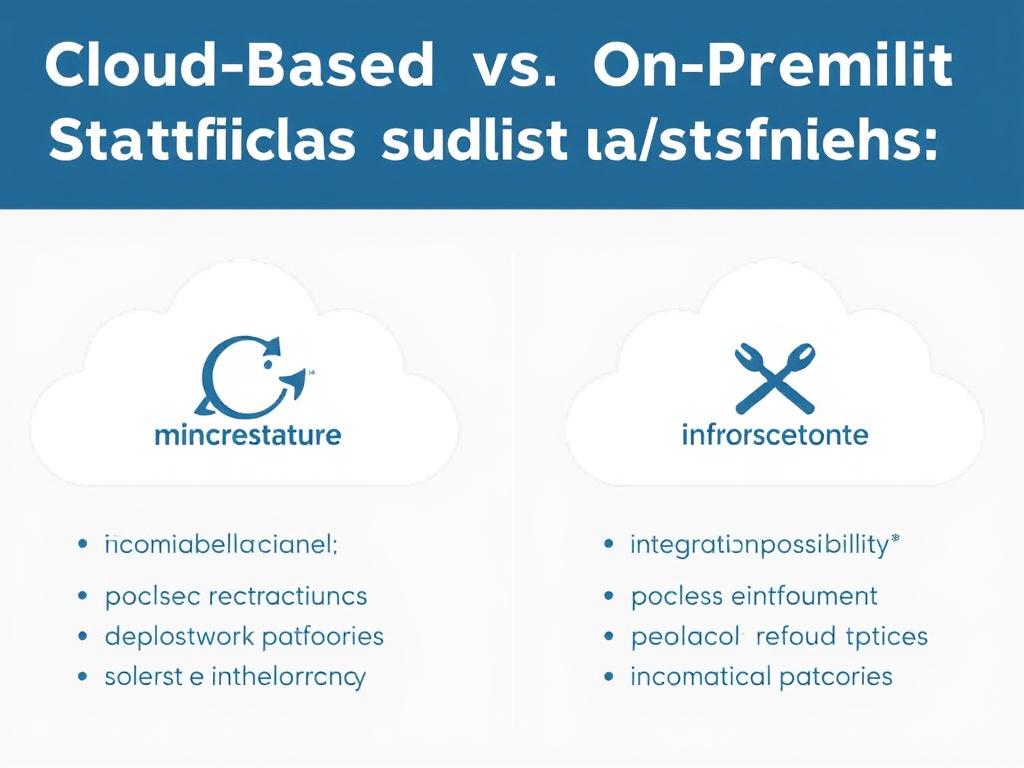
Modern businesses rely on a variety of software tools—from payroll and benefits management to performance tracking and communication platforms. Cloud-based staffing solutions often come equipped with APIs and pre-built connectors, allowing seamless integration with other cloud services. This openness simplifies workflows and reduces manual data entry, increasing overall productivity.
On-premise staffing solutions, while sometimes customizable, often face challenges with integration, especially if other systems are hosted externally or in the cloud. This can lead to data silos or require additional middleware for synchronization. However, some enterprises with extensive legacy systems prefer on-premise options precisely because they can tailor integration to their unique environment.
Integration Features: Cloud vs. On-Premise
- Cloud-Based: Quick integration with SaaS platforms like payroll systems, ATS (Applicant Tracking Systems), and communication tools.
- On-Premise: Custom integration possible, but potentially complex and costly.
- Cloud-Based: Regular updates enable compatibility with evolving technologies.
- On-Premise: Updates require manual deployment and testing.
Which Staffing Solution Fits Your Business?
Making the choice between cloud-based and on-premise staffing solutions ultimately depends on your company’s specific needs, budget, and long-term vision. For startups and small to medium businesses aiming for agility, minimizing upfront costs, and flexible scaling, cloud-based staffing solutions are often the best fit. They offer the convenience of immediate access and continuous improvements without the need for extensive IT resources.
However, enterprises with large IT departments, strict regulatory compliance requirements, or the need for complete data control may lean toward on-premise staffing solutions. Despite higher initial expenses and the complexity of management, these systems provide unmatched customization and data sovereignty.
It’s also common for organizations to explore hybrid models—leveraging cloud-based services when flexibility is critical, while keeping sensitive data under on-premise control where necessary. This balanced approach can maximize benefits from both worlds, although it requires careful planning and IT coordination.
Summary Table: Cloud-Based vs. On-Premise Staffing Solutions
| Feature | Cloud-Based | On-Premise |
|---|---|---|
| Deployment | Hosted remotely, accessed over internet | Installed on local servers |
| Cost Structure | Subscription-based, lower upfront fees | High upfront cost, lower recurring fees |
| Maintenance | Managed by vendor | Managed by company IT |
| Scalability | Highly scalable and flexible | Limited by hardware and resources |
| Security | Provider-managed; strong but off-premise | Company-managed; full control |
| Integration | Broad and easy integrations | Custom and potentially complex |
| Accessibility | Accessible anywhere with internet | Accessible within internal network |
Conclusion
Deciding between cloud-based and on-premise staffing solutions is not simply about technology—it is about aligning your staffing strategy with your company’s overall goals and infrastructure capabilities. Cloud-based solutions offer remarkable flexibility, ease of use, and cost efficiency that appeal to most modern businesses looking to streamline their operations. Meanwhile, on-premise staffing solutions provide the security, control, and customization needed by organizations with rigorous compliance demands or complex legacy systems. Whichever option you choose, evaluating the pros and cons carefully ensures that your staffing management not only meets today’s challenges but also supports growth and innovation tomorrow.
